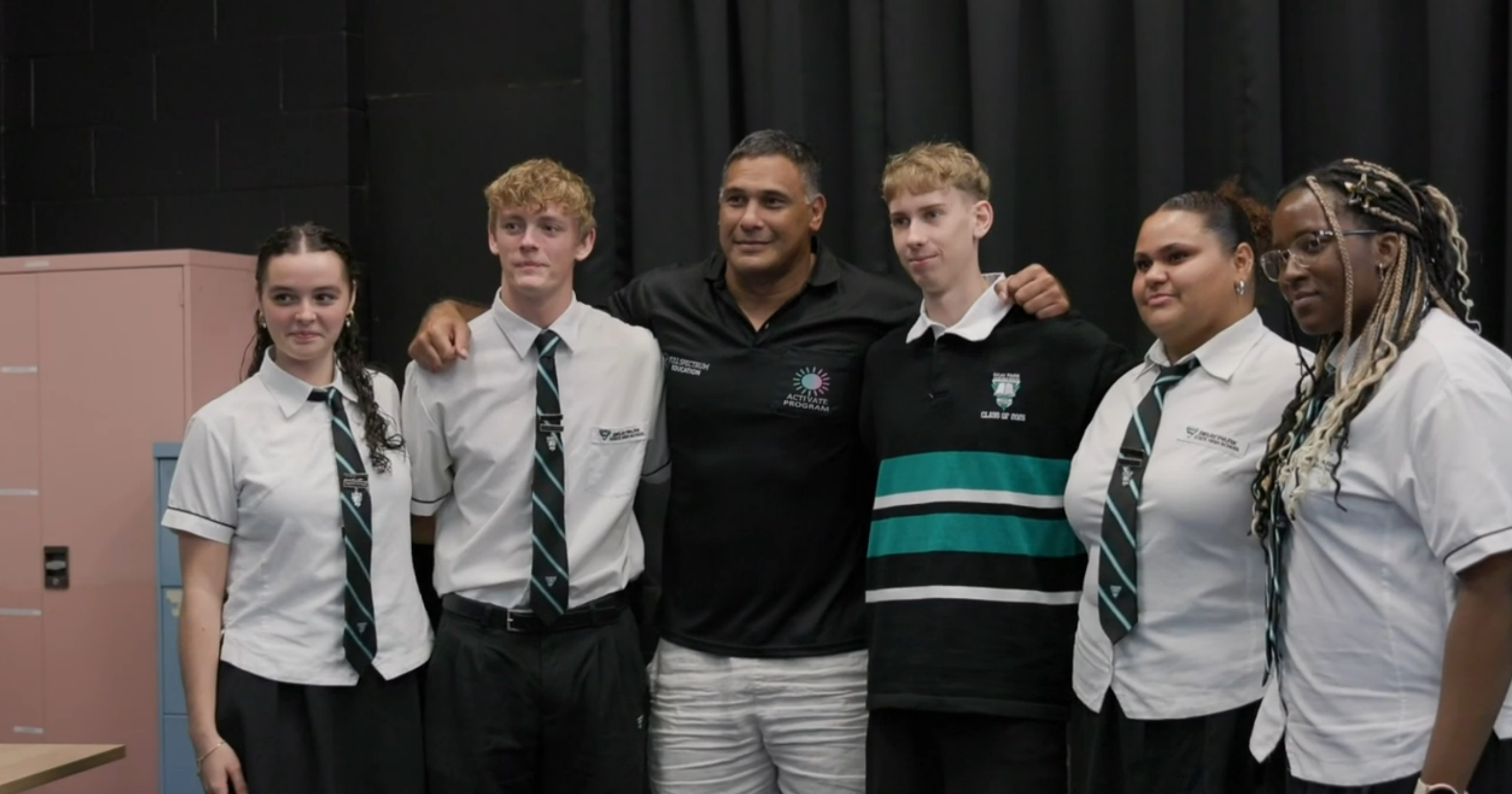


Adapted from Harvard university Project Zero http://www.pz.harvard.edu/resources/visible-thinking-tools
See-Think-Wonder is a routine for understanding complex visual sources. The purpose of this routine is to encourage
students to make careful observations and ask insightful questions. It aims to stimulate curiosity and develop inquiry. By separating the
two questions, What do you see? and What do you think about what you see? the routine helps students identify the difference between
observations and interpretations. By encouraging students to wonder and ask questions, the routine stimulates curiosity and helps students
reach for new connections.
What Makes You Say? This routine deepens students’ answers. Instead of just giving one or two word answers, this
routine assists students to explain their interpretation and provide greater justification of answers. It particularly encourages
evidence-based reasoning and the acceptance of varied viewpoints.
The Compass Points routine is useful for creating a plan, proposal or a decision. The four points of the compass, North, South, East and West make up this routine.
The CSI: Colour-Symbol-Image routine asks students to identify and synthesise the essence of ideas taken from their
reading, viewing or listening. Students are invited to choose a colour, symbol and image that they feel best represents the essence of an
idea. They are then asked to share this with a partner or a small group, to deepen their knowledge, understanding and perspective.
I Used to Think…Now I Think is a great protocol to evaluate how students thinking has changed and shifted over time. Simply
invite them to reflect on how their thinking has changed, due to the learning, discussions and perspectives they have gained over a period
of time.
The Circle of Viewpoints assists with developing an understanding of the varieties of perspectives that might be taken in
any situation. This is a critical skill in the humanities! Start by having students brainstorming a list of different perspectives.
Next, have students explore the issue or problem from a particular stance. Contrast the different thinking possible from different
perspectives.
On the idea of considering ideas from different perspectives, A useful thinking routine for considering a product or problem or plan or solution from a variety of solutions was developed in 1985 by Edward de Bono, called the Six Thinking Hats. As these are well worth revisiting, I will explore these further in next week’ blog.